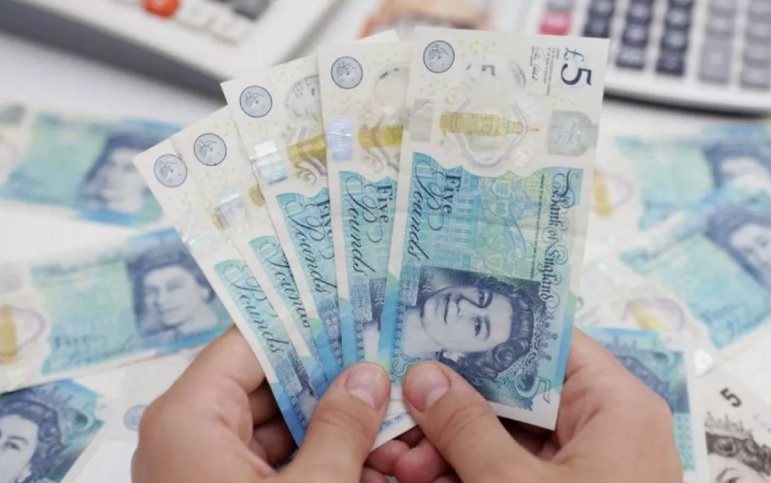Will the GBP keep its uptrend?
The pound (GBP) has been on a good run since the debacle of the infamous mini-budget of September 2022 which saw the pound fall close to parity against the dollar. It has rallied in trade-weighted terms as well.

Steven Barrow, Head of Standard Bank G10 Strategy sees the GBP’s further strength against the US dollar but trade-weighted gains may be harder to come by. In Steven Barrow’s opinion, there are a number of reasons. One is that the UK’s economic and political outlook has become more challenging. Another is that the Bank of England needs to get on with more rate cuts, while many others, notably the ECB, seem close to the end of the easing cycle. A third, and probably most important factor is that the euro has double the weight of the US dollar in the pound’s trade-weighted index (Bank of England version).
Taking these in turn, the UK enjoyed stellar growth of 0.7% in Q1 but this looks set to be replaced by a much flatter profile through the rest of the year. Worse still, the Office for Budget Responsibility (OBR) has said that it has been overestimating the country’s likely growth and this could mean downward revisions to its estimates when it produces the next round of forecasts for the autumn budget a little later in the year. And this, in turn, will make the government’s budget picture look a lot worse. It already has limited fiscal room to play with to meet the Chancellor’s fiscal rules.
The last estimate of spare fiscal margin (called fiscal headroom) was GBP9.9bn but the recent gutting of the government’s welfare reform bill, which had been slated to save GBP5bn, plus the impact from downward growth revisions, seem likely to wipe out all of this headroom, and more. This leaves the Chancellor on the rack for more tax hikes to meet the fiscal rules which, in turn, could weigh on the economy at a time when the Bank of England is already on a monetary easing go-slow because of its inflation concerns.
The said fact brings us onto the second factor, which is that Bank of England rate cuts may have to speed up from the once-per-quarter pace that seems baked in at the moment. Not only could swifter rate cuts weigh on the pound, but we need to bear in mind that many other G10 central banks are close to the end of their easing cycles and hence the pound’s interest rate advantage could be eroded. That might not happen relative to the US as the Fed seems set to re-engage rate cuts and that’s one reason why we see the pound continuing to rise against the US dollar.
Steven Barrow forecasted that the pound could climb to 1.50-plus over the next year, or more. However, and this brings us onto the third reason why the pound may struggle in trade-weighted terms, sterling strength against the dollar could be associated with weakness against other currencies, notably the euro, which has a much larger weight in sterling’s trade-weighted index. The euro’s weight in the BoE’s sterling trade-weighted index is some 41.2% compared to 21.8% for the dollar. So clearly the GBP’s trade-weighted movement is driven far more by what goes on against the euro than the dollar.
In fact, there is a positive correlation between EUR/USD and EUR/GBP. If this persists, it suggests that the call for euro/dollar to rise to 1.30 over the coming year will be associated with a stronger euro against the pound and hence a lower trade-weighted value for sterling (all else equal). Just whether the pound deserves to be lower against the euro is questionable, even given the concerns we have expressed earlier.
Nonetheless, there is no getting away from the fact that, if the euro is on a tear against the US dollar, as it has been recently, it will likely be associated with a rise in EUR/GBP – again as we have seen recently. This correlation between the two is likely to dominate any fundamental factors that may suggest GBP strength against the EUR.
“We might also find that the EUR is the foremost beneficiary of US dollar weakness if factors such as global portfolio reallocation away from the US proves a currency driver, alongside any thoughts that the US dollar may lose most of its value to major ‘competitor’ currencies; of which the euro is one but the GBP is not”, said Steven Barrow.








